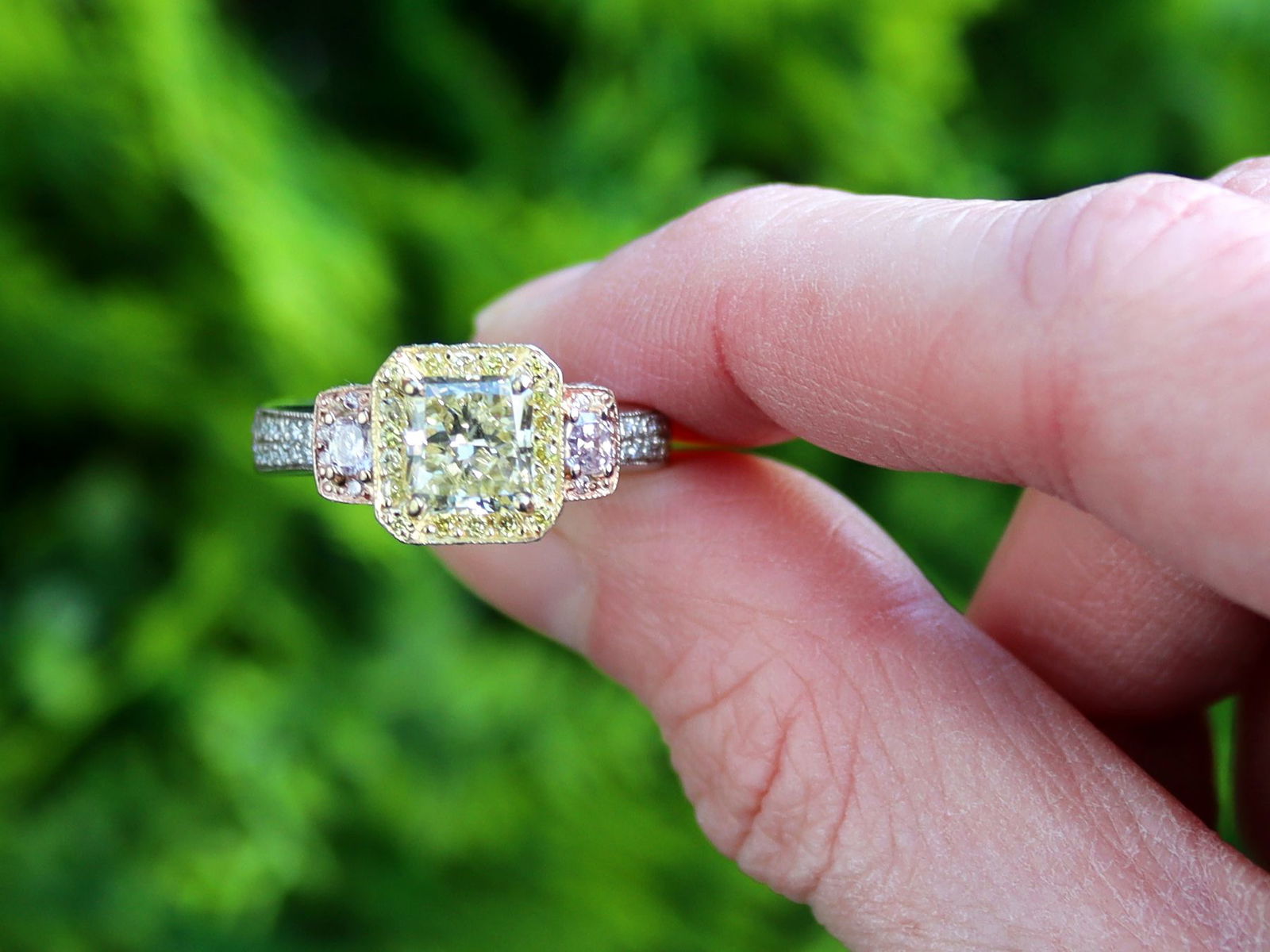It’s no secret that the English have a tendency to, uhm, borrow a lot of its cultural icons from other countries, but thankfully afternoon tea is not included. There’s nothing more delightfully British than the afternoon tea tradition, but where does it originate?

The History of Afternoon Tea
For anyone unaware, afternoon tea is the practise of enjoying a cup of tea and delicate sandwiches, scones, and cakes between lunch and dinner. It is every bit as quaint as it sounds and it’s something every tea-lover should experience at least once.
While China has been enjoying tea since the 3rd millennium BC, the UK didn’t catch on (or didn’t colonise hard enough) to know about the leafy goodness of tea until the 1600s. Tea was a triumph across Britain, and tea and coffee houses are the place to do business and catch up with your friends if you can afford it.
Fast forward to the mid-1800s and we come to Anna Maria Russell. Seventh Duchess of Bedford, elite socialite, and long-time friend of Queen Victoria, Anna was certainly a lady of great import. In Anna’s life and the lives of her peers, dinner was served between 8pm and 9pm, as was fashionable at the time. With lunch being served around 12pm, this left quite a mission to survive from lunch to dinner without passing out, and Anna was not impressed.
Quoted as having said she got a ‘sinking feeling’ at around 4pm or 5pm, Anna was clearly a highly relatable figure. Intent on remedying this feeling, she began asking for small items such as tea, bread, butter, and cakes to be brought to her chambers in the mid-afternoon to keep hunger at bay and see her through until dinner time. Finding that this was in fact the solution to her problems (wise woman), Anna began inviting her friends to join her in the practise.
It wasn’t long before, thanks to Anna’s influence and friend circle, all of the British elite were taking their afternoon tea with their friends, and the event became formal enough that it was moved from the bed chambers to a sitting room of one’s own choice. Once summer arrived the ritual of afternoon tea was then pushed into the gardens of the rich.
Why Is Afternoon Tea so Popular?
Afternoon tea has a universal appeal; from the perfectly-sized finger sandwiches to the selection of cakes on offer, there’s nothing not to like about it. As afternoon tea became more and more common through the 1800s, the government was pressured to reduce the import tax on tea from a ridiculous 119% to a more manageable 12.5%. This meant that more and more people could afford tea, and thus the culture of Afternoon Tea spread beyond the social elite.
While all but the poorest of British society could enjoy afternoon tea, the different class systems had more or less complex and intricate versions of the occasion. For the upper classes, afternoon tea was a status symbol, and so it was accompanied by a plethora of accessories for the tea table. Teapots, slop bowls, cream jugs, tea strainers, cake slices, tiered cake stands, and all kinds of dishes designed for serving sandwiches, scones, and other sweet treats were essentials for the proud socialite.
Today, people enjoy the role-play elements of afternoon tea as much as the sensory experience itself. Everything from using antique or silver teapots, to sitting in historic locations like Betty’s Tea Room or some of London’s finest hotels like The Savoy, The Dorchester, and other establishments that are dedicated to providing a traditional Afternoon Tea experience.
Whether you like tea or not, you can see why afternoon tea took this country by storm. There’s no end in sight as far as celebrating the simple pleasures of tea and cake, and we can all toast to that!
What Is the Difference Between High Tea and Afternoon Tea?
If you are based outside of the United Kingdom, you may wrongly think that afternoon tea and high tea are the same event, this sadly, isn’t the case. There are many factors to differentiate the two:
Time
While they are similar, one of the main differences between high and afternoon tea is time. The typical time for afternoon tea to be served is 4pm, whereas if you were heading out to dine for high tea then you should expect this to be slightly later at around 5-7pm.
Class
The origins of high tea saw this event deemed more for the working class, whereas afternoon tea originated for the high-class members of society.
Food
Of course, it would be doltish to not serve tea as the beverage of choice at both events (mainly as it says it in the title), you will however find that the food served for these events will vary Afternoon tea is classically comprised of petite sandwiches, delicate pastries, scones and cakes, whereas high teaserves you up meat, potatoes and vegetables.
Regardless of the few differences, both high and afternoon tea have the same purpose which is to interact and socialise with friends and family. Regardless of social class we feel they are to be enjoyed by all.
Incorporating Silverware Into Your Afternoon Tea
In Britain we are rather fortunate, as you can find places to dine for afternoon tea to suit most budgets. If you are lucky enough to select a luxury hotel for your afternoon tea you may also have the pleasure of utilising some rather nice silverware for the event. Many places like The Ritz in London will serve your afternoon tea on grand silver serving tiered dishes and have the tea brewed in a silver teapot. Now, we are biased, but we feel this is certainly the perfect way to serve afternoon tea!

Being inspired by The Ritz, I decided to scour our fine inventory to see what silverware we would use if we were to host an afternoon tea party.
These exceptional glass and silver tazzas would add a bit more drama to your afternoon tea, we also love the fact that the overview of the body looks like a giant flowerhead. An ideal place for some of your smaller cakes and pastries.
#We have to add a bit of Georgian silver to the table with these serving spoons. They are such a classic shape and would compliment other items on the table and not be too much of a show stopper.
What afternoon tea wouldn’t be complete without a strainer, this George III example is perfect with its geometric motifs. The perfect accessory to catch those loose leaves of tea, this would certainly help to have a pleasant cup of tea.
With such delicate items being served for afternoon tea, they have to have an equally delicate pair of serving tongs. These large Victorian silver serving tongs are sure to get some attention, in addition to getting food to your plate safely and beautifully.


I won’t lie we are slightly addicted to Art Deco silverware so this was a must add for us. This plain yet impressive 1930s silver teapot will be the vessel of choice for our tea party serveware. To us he can be seen as plain, simple and timeless.
Now a lot of tea drinkers enjoy milk with their tea (not all mind!), so to add something extra special to the table we feel these magnificent cow creamers will fit the bill perfectly.
All of the above are for sale and can be located on the AC Silver website “silver teaware” section















